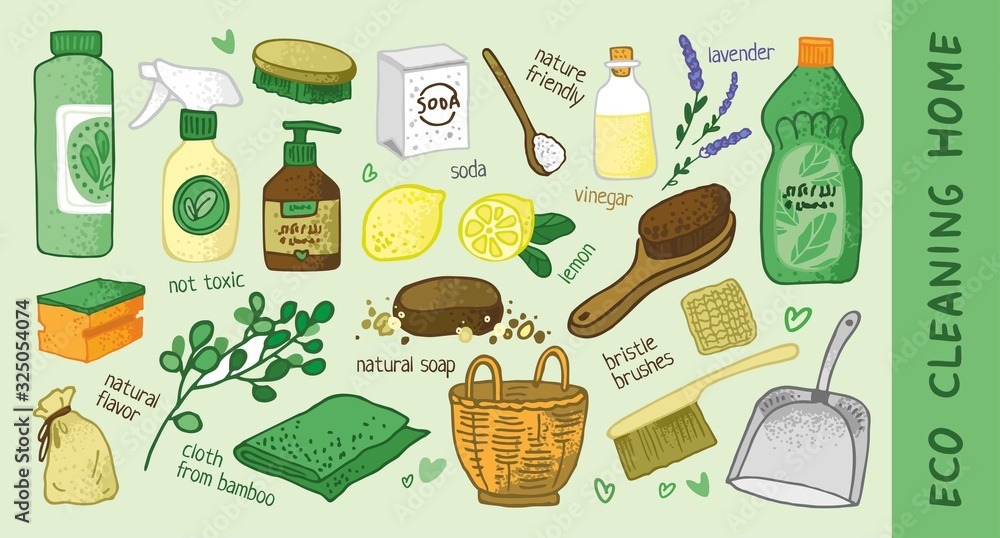Green non-toxic material
Courtesy : greenlivingideas.com
Polyurethane is a very versatile material. It’s flexible, lasts a long time, and is used as an air sealant and for insulation in everything from mattresses to airplanes. Unfortunately it’s not great for your health, as it can cause skin and eye irritation, asthma, lung damage, other respiratory and breathing problems. The bad news it that it’s almost impossible to avoid polyurethane completely. The good news is that if you’re renovating your own home, into home repair or DIY, you can definitely make do without it. Here is a list of non-toxic alternatives to polyurethane.
1. Tung oil is made from the seeds of the nut of the tung tree. This tree is native to China and is named after for its heart-shaped leaves – ‘tung’ means ‘heart’ in Chinese. Tung oil is often used as a finisher and is said to improve the ‘character’ of the wood. Waterlox is a tung oil and resin mix that claims to ‘elevate the appearance of any wood floor’.
2. Linseed oil is obtained from the dried seeds of the flax plant and is often recommended for treating wood. It is available in various mixes, if you can’t get hold of it in pure form. Some tips on how to use linseed oil and other natural alternatives can be found here.
Eco House Hardwood Floor Oil contains Linseed standoil, Chinese wood oil, purified linseed oil, pine resin ester, microwax, # 115 Citrus Thinner, lead-free driers, and rosemary oil, and meets the criteria for being nontoxic. Bioshield Hard Oil is a linseed and tung mix that claims to be durable, water resistant and recommended for ‘high-moisture and high-traffic areas such as baths and kitchens’.
3. Candelilla wax is derived from the leaves of the Candelilla shrub and its growth is monitored to ensure that it is sustainable, so it gets extra points for minimal environmental impact. Some vegans swear by it as a bee-free alternative to polyurethane, and it’s certainly non toxic as it’s often used in beauty products instead of beeswax.
4. Bio Paints claim to use environmentally-friendly, non-toxic materials in their products and they recommend Hard Varnish as an alternative to polyurethane because it ‘enhances timber floors and surfaces, and protects against water-marking and stains from spills’






